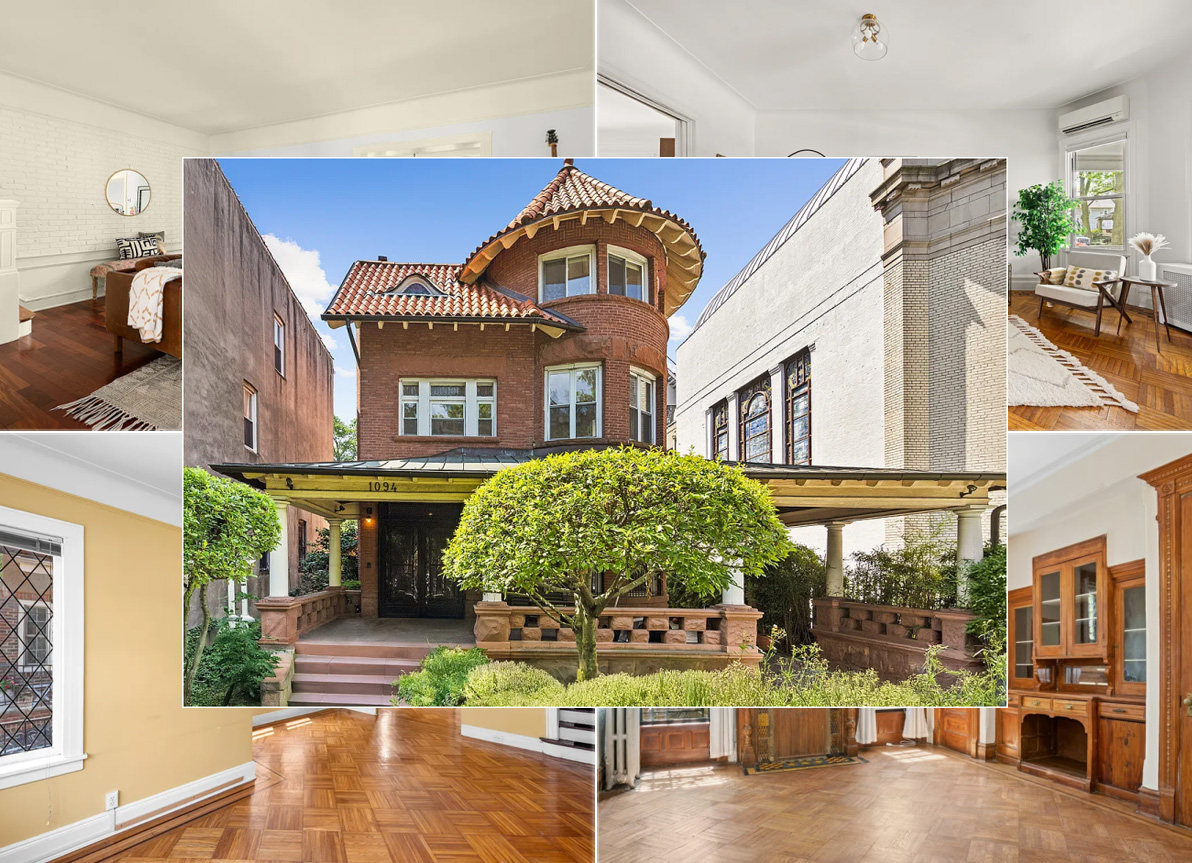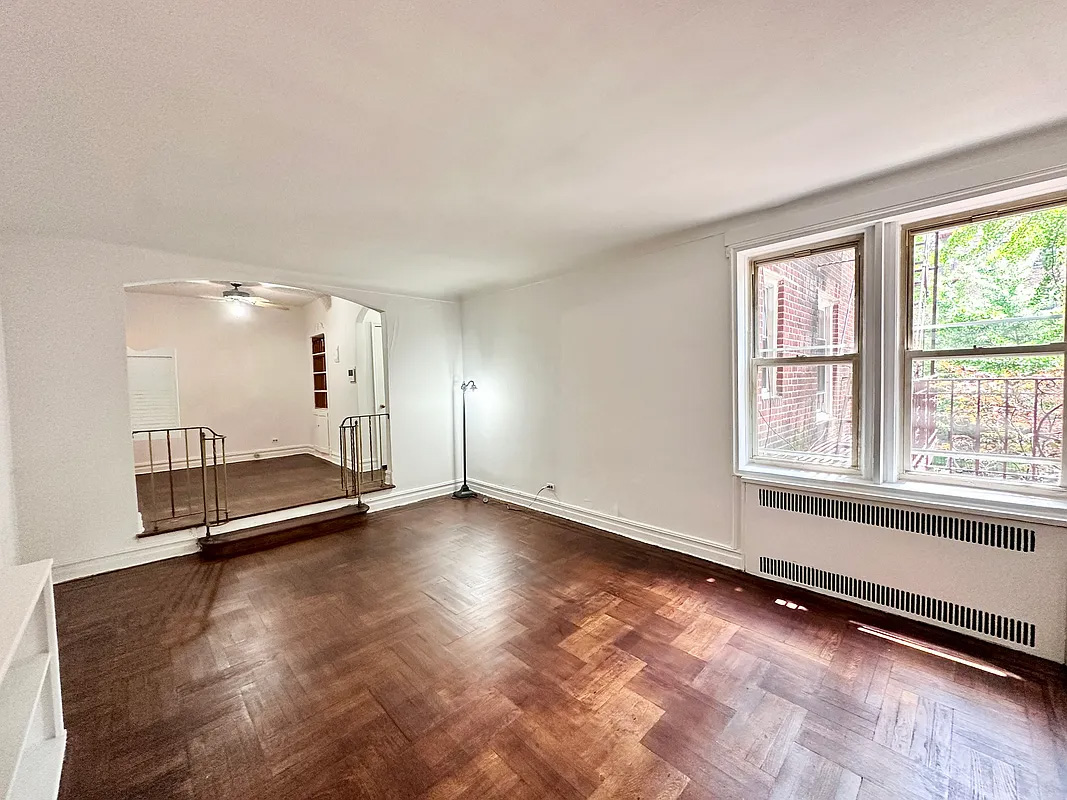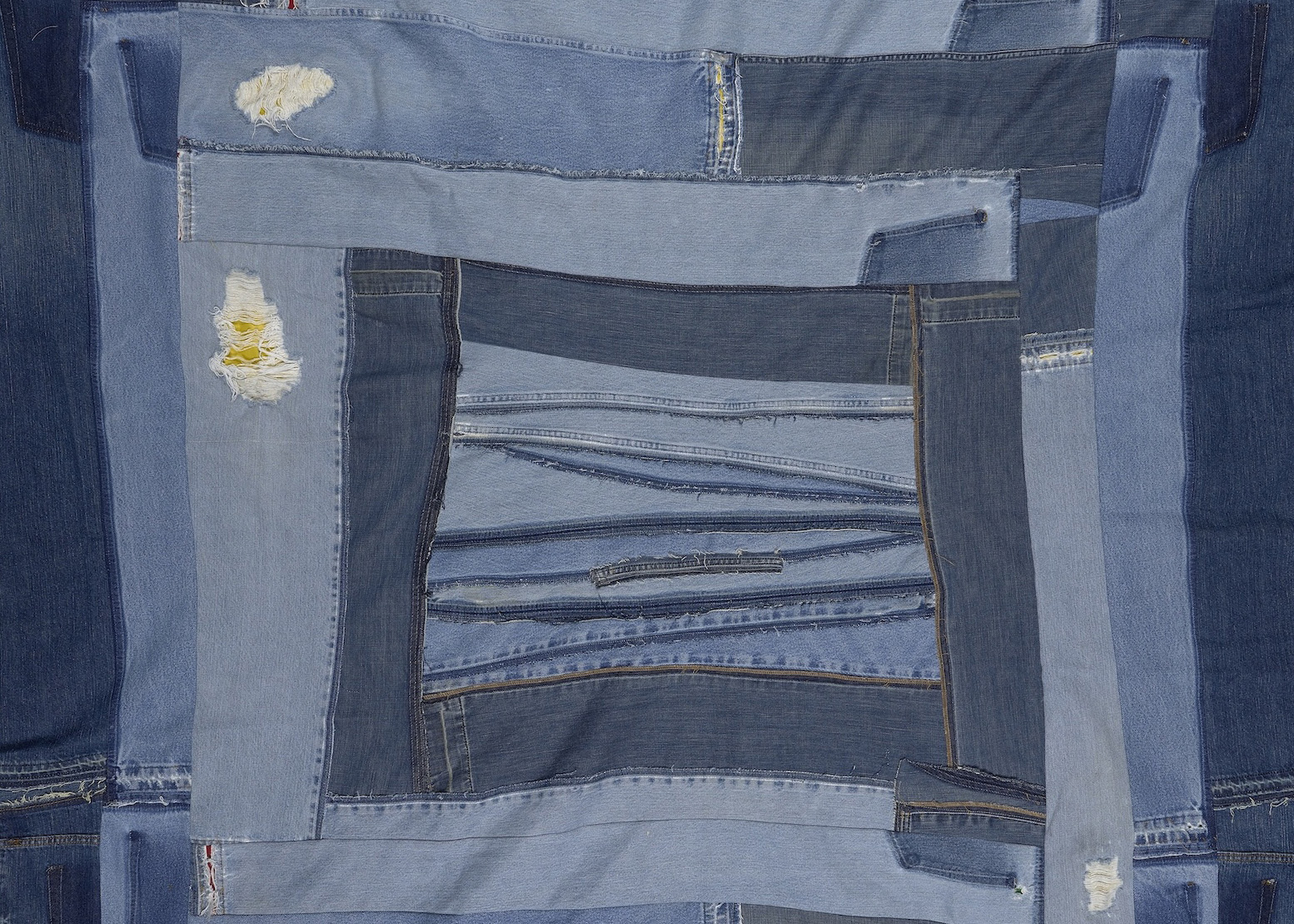The Blanching of 330 Park Place
While its five condo units wither on the vine, the brick exterior of 330 Park Place continues to get whiter and whiter. It must be contagious: A outbreak of mortar streaks occurred last year at 364. St. Mark’s Avenue. By all accounts, it doesn’t pose any structural or other issues, but you’d think if you…


While its five condo units wither on the vine, the brick exterior of 330 Park Place continues to get whiter and whiter. It must be contagious: A outbreak of mortar streaks occurred last year at 364. St. Mark’s Avenue. By all accounts, it doesn’t pose any structural or other issues, but you’d think if you were selling the place you’d want to clean it up.
Condos of the Day: 330 Park Place [Ahrlty.com] GMAP P*Shark
Overbuilt in Prospect Heights: 330 Park Place [Brownstoner]
330 Park Place: As Bad As Everyone Feared? [Brownstoner]
Developer Non Grata: 330 Park Place Destruction [Brownstoner]





All it reflects is that the bricks were exposed to moisture – could be from shoddy construction, could be from the way the bricks were stored, could be from the way the bricks were manufactured….the white is simply minerals left from evaporating water that comes through the bricks.
I agree the builder cut corners but there are other cases of efflorescence. I met some people from SC who manufacture bricks that will effloresce (sp?) because of the clay used. They had a dickens of a time selling product until they started marketing as architectural bricks that were suppose to give an aged look very quickly.
1929 is correct, efflorescence is a direct result of cutting corners / saving $$, during construction. it can easily be avoided by using ad-mixes in the mortar.
The demolition of the house that had previously stood on the site and its replacement by this monstrosity (it looks far worse in the flesh than in the photo, with a stepped back vertical extension that rises to 6 floors) was a major impetus to the recent landmarking initiative in Prospect Heights. All done under a renovation permit, btw. The efflorescence is a particularly obvious sign of the poor workmanship that went into this POS.
The best part is that the company marketing the condos uses a picture of the picturesque tree-lined classic limestones in the neighborhood and has no pics of the exterior of the actual building. It really says something when your broker is too embarrassed to advertise the product.
people, i mentioned this on a different thread a few months ago but here goes again. it’s called efflorescence. i’m too lazy this AM to explain so here is a wiki address. scroll down to “primary efflorescence”
http://en.wikipedia.org/wiki/Efflorescence
I pass this monstrosity every morning. For all of its lovely, restored townhouses PH sure has it’s share of Scarano stillbirths and these ugly-ass condos.
As to leeches, we’d need a little blood-letting before they’d really be effective.
The discoloration is most likely efflorescence, or “new building bloom,” i.e. salts crystallizing on the surface of masonry materials.
Jaw: I here leeches are the problem.